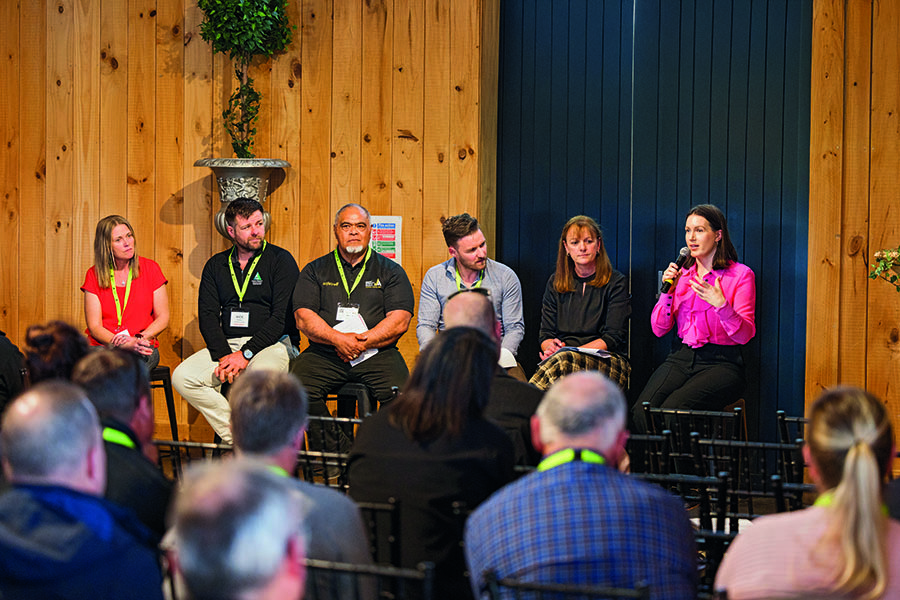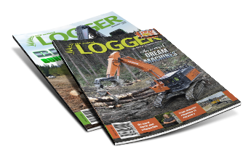
Known on the ground as the ‘Bush Bible’, the recent release of WorkSafe’s new Approved Code of Practice: Safe Practice for Forestry and Harvesting Operations (ACOP) is a major milestone for the forestry sector.
It is known as the ‘Bush Bible’ for good reason: it forms the backbone of health and safety for what we all know is one of New Zealand’s most high-risk sectors to work in.This ‘new testament’ version of our Bush Bible, as it were, has been years in the making, involving extensive consultation with our colleagues. From forest owners and contractors to farm forestry owners and log transporters, biofuel producers, and kaimahi (workers), the industry generously gave of their time, contributing their expertise through workshops, meetings, and consultations. People were keen to ensure the new edition of the Bush Bible and the new Health and Safety When Managing a Small Forest Harvest Good Practice Guidelines (GPG), launched at the same time, were the best they could be, which says a lot about this industry.
The Forestry Industry Safety Council (FISC) is welcoming the new ACOP’s strong focus on risk assessment and management through controls for forestry businesses. Ultimately, this new code is an important tool in our toolkit for keeping our people safe.
What the ACOP is for
The ACOP is a practical guide that helps forestry businesses meet their obligations under New Zealand’s health and safety laws. The regulator, WorkSafe, describes the guidance as outlining the responsibilities and legal expectations for forestry operators, and helping workers know “what good looks like”. It aims to give businesses and workers “a strong direction” for improving or maintaining good health and safety standards.
When launching the new code, at Orlando Country in Palmerston North, Workplace Relations and Safety Minister, Brooke van Velden, said the code builds on a suite of health and safety reforms announced earlier in the year, which were aimed at focusing the system on reducing critical risks and improving clarity for businesses.
She signalled a stronger reliance on ACOPs going forward, including changing the ACOP model to reassure people that if they comply with an ACOP, “they have done enough to meet their health and safety duties”.
As WorkSafe points out, forestry businesses still need to have their own systems and processes in place, with the new code and GPG to be used alongside other guidance from industry leaders that cover more detailed operational requirements – such as FISC’s Best Practice Guidance (which is referred to in the ACOP).
So what’s different?
The earlier ACOP was published in 2012, before the introduction of the Health and Safety at Work Act 2015, leaving the two out of step. There was a desire from both the industry and the regulator to bring the documents into line.
The new ACOP also reflects the broader shift in New Zealand’s health and safety law, which places the primary duty of care for health and safety on the Person Conducting a Business or Undertaking (PCBU). The ACOP is now written with the PCBU as its main audience, outlining their responsibilities...





